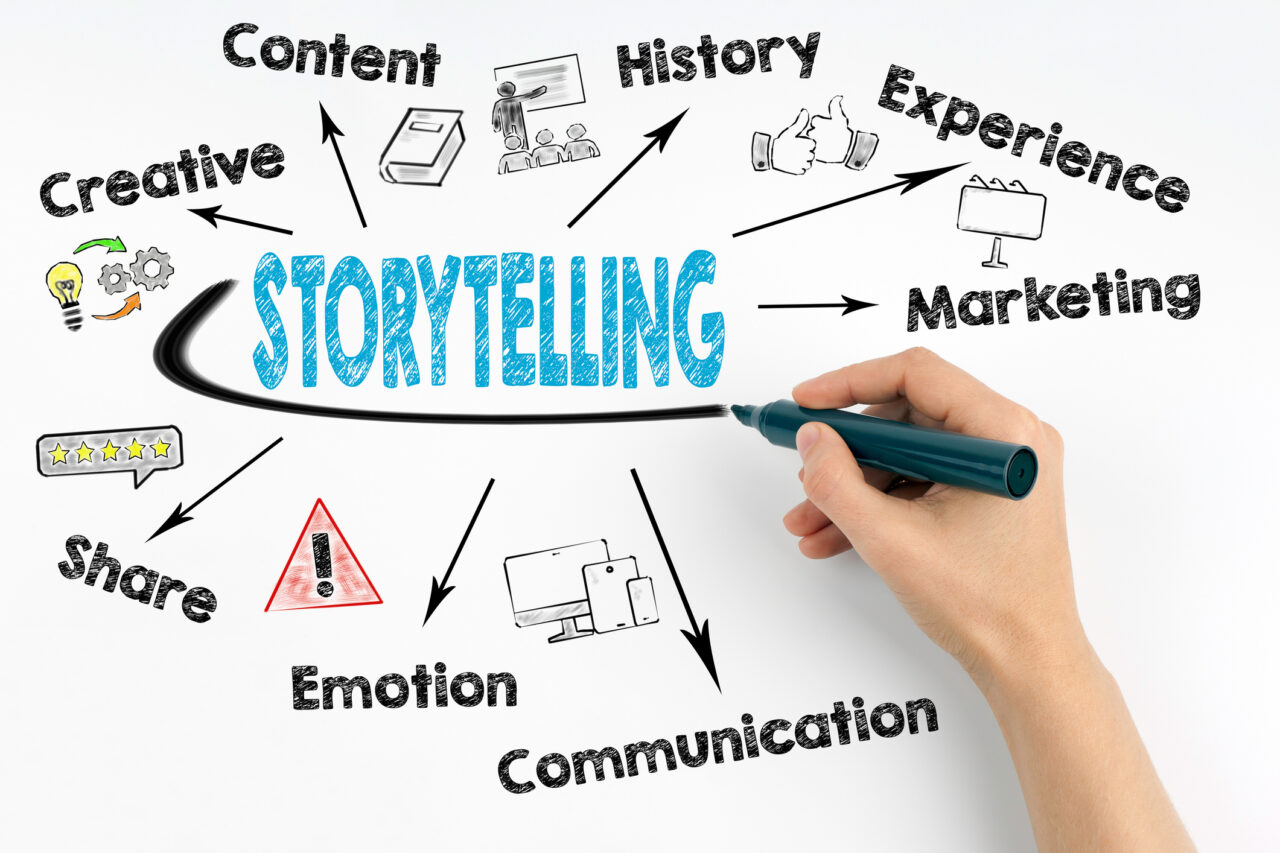Once upon a time, two cavemen went out hunting. Let’s call them Ook and Tog.
Ook went one way and Tog went another.
After a hard day’s work, Ook came back to the cave with a broken spear, a wound in his side from tussling with a wild boar, and empty hands. Tog, however, came home dragging a fresh deer carcass, which he proceeded to eat.
This made Ook very upset. Using gestures and grunts, Ook entreated Tog to tell him how he’d managed to fell the deer.
Tog finished eating, wiped his lips with the back of his hand, and began to oblige him.
Let’s pause in this story and ask ourselves this: Did Ook listen intently to what Tog had to say? You bet he did.
Why? Because Ook knew his life was on the line. If another hunt went drastically wrong, he might go hungry again. He might even be killed.
Here’s the point:
The Art of Story
The art of story is the oldest, most effective human technology for transferring knowledge. As it happens, our homo sapiens neurology is hardwired to give and receive stories as a primary avenue for learning. So says UCLA writing instructor Lisa Cron in her excellent book “Wired for Story: The Writer’s Guide to Using Brain Science to Hook Readers from the Very First Sentence.”
Why am I mentioning this?
The Gaga-Over-AI Craze Has its Limits
These days companies are going gaga over AI. (I’ve already written about why they’d be wise to check themselves here – Why Human Writers Are Increasingly Called to Fix AI’s Bungled Output – i3 Information Integration Inc.). The problem is that AI can’t be truly effective at writing for humans because … well, AI isn’t human. The shoe doesn’t fit.
Yes, computers can assemble information with astonishing speed. But they can’t tell a really good story. To pull off a trick like that, you have to have lived a rich life full of failures and triumphs, risks and consequences, confusion, and clarity, to say nothing of the constant quest to become something better, different, and more than we already are.
Frankly, I’ve never seen an era where companies so desperately need storytellers. Not just writers. Bonafide storytellers.
Some of the worst marketing content I’ve read is perpetrated by organizations that can barely describe who they are, what their mission is, and how they accomplish that mission. Relying on AI to answer these questions only exacerbates the problem. Without these story cornerstones, is it any wonder these businesses can’t produce copy that moves other humans to work with them?
In Conclusion: Differentiate Your Company
The key to differentiating your company is to work with human writers who have experience crafting stories. Why? Because, in human communication, story is everything. Master your story, you master your destiny. Blow off your story, you’ll find that your organization can’t grow.
Don’t believe me? Hire a good storyteller and see what they can do for your business. You won’t regret it.
i3 Can Help
If you’ve been wondering about the best – and worst – uses of AI in your organization, particularly when it comes to great storytelling in your branding and communications;
If you’ve been downsizing your copywriting, marketing, speechwriting, technical writing staff, and have found less than stellar results;
If you need to fix AI’s bungled output,
i3 can help.
Complete the form below or give us a call at (908) 232-9545.





